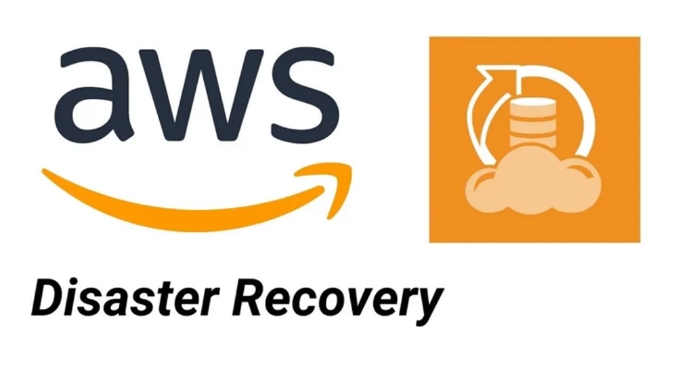Unveiling the Power of AWS Elastic Disaster Recovery: A Step-by-Step Guide
 Sumit Mondal
Sumit MondalTable of contents

Introduction:
In the dynamic world of cloud computing, ensuring the availability and resilience of your applications is paramount. AWS Elastic Disaster Recovery (AWS EDR) is a robust solution designed to safeguard your data and applications against unforeseen disasters. Let's dive into the basics and explore how you can use AWS Elastic Disaster Recovery to fortify your AWS infrastructure.
Understanding AWS Elastic Disaster Recovery:
AWS Elastic Disaster Recovery (EDR) is a comprehensive service that enables you to set up and manage disaster recovery for your AWS applications. It facilitates the creation of a resilient environment by replicating your critical workloads across multiple AWS regions.
Here's a simplified guide to help you make the most of AWS Elastic Disaster Recovery:
Getting Started:
Begin by logging into your AWS Management Console.
Navigate to the AWS Elastic Disaster Recovery console.
Creating a Replication Set:
Click on the "Create replication set" button.
Select the source and target regions for replication.
Example:
Source Region: us-east-1
Target Region: us-west-2
Defining Recovery Point Objectives (RPO) and Recovery Time Objectives (RTO):
Specify how often you want to replicate your data (RPO).
Set the acceptable time for recovery in case of a disaster (RTO).
Example:
RPO: 15 minutes
RTO: 2 hours
Configuring Replication Settings:
Customize replication settings according to your requirements.
Choose whether to replicate all your applications or select specific ones.
Example:
Replicate: All applications
Replication frequency: Continuous
Network Configuration:
Define the network configuration for your replication set.
Ensure that the required security groups and VPC configurations are in place.
Example:
Source VPC: vpc-12345678
Target VPC: vpc-87654321
Review and Launch:
Carefully review your configuration settings.
Click on "Launch" to initiate the replication process.
Monitoring and Management:
Keep an eye on the AWS Elastic Disaster Recovery dashboard for real-time insights.
Monitor the health and status of your replication set.
Example:
Replication Status: Active
Last Sync: 5 minutes ago
Testing the Disaster Recovery Setup:
Periodically test your disaster recovery setup to ensure its effectiveness.
Simulate a disaster scenario and verify the recovery process.
Example:
Test Result: Successful
Recovery Time: 1 hour
Conclusion:
AWS Elastic Disaster Recovery empowers you to build a resilient and highly available infrastructure on AWS effortlessly. By following these simple steps and examples, you can ensure the continuity of your applications even in the face of unexpected disasters. Embrace the power of AWS EDR and fortify your cloud environment for a secure and reliable future.
Subscribe to my newsletter
Read articles from Sumit Mondal directly inside your inbox. Subscribe to the newsletter, and don't miss out.
Written by

Sumit Mondal
Sumit Mondal
Hello Hashnode Community! I'm Sumit Mondal, your friendly neighborhood DevOps Engineer on a mission to elevate the world of software development and operations! Join me on Hashnode, and let's code, deploy, and innovate our way to success! Together, we'll shape the future of DevOps one commit at a time. #DevOps #Automation #ContinuousDelivery #HashnodeHero